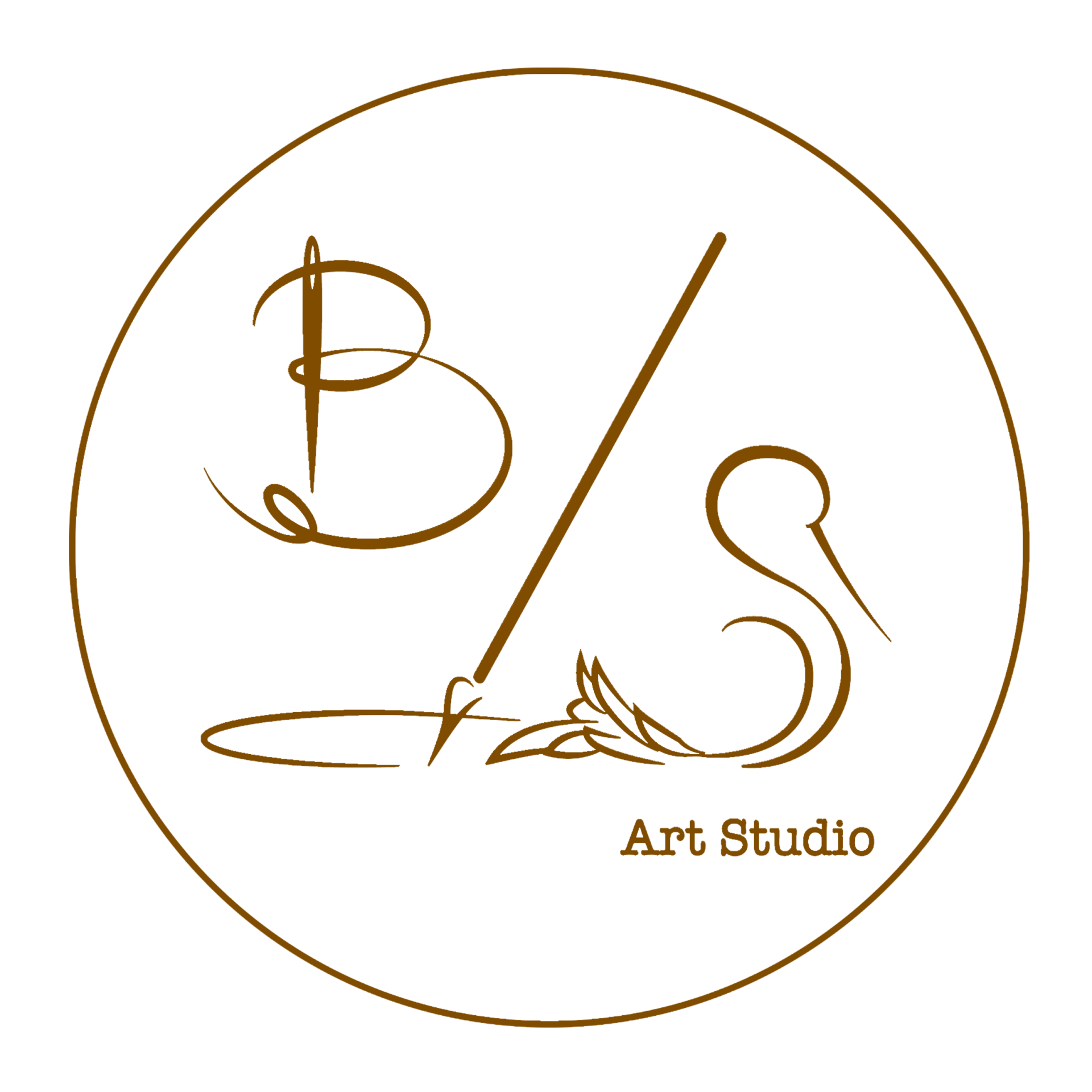Dong Ho painting, as known as Dong Ho folk woodcut painting, is a line of Vietnamese folk painting originating in Đong Ho village, Bac Ninh province (a northern province of Vietnam).
Dong Ho paintings date from the 11th and 12th centuries and are most prosperous in the 17th and 18th centuries. In the past, paintings were usually produced on the occasion of the Lunar New Year and sold in rural markets.
Dong Ho paintings directly reflect the religious and spiritual life of people in Northern Vietnam on many topics: worship paintings, congratulation paintings, living paintings … with manual methods and using natural colors that bring a sense of closeness, so they were very popular. In the past, on New Year, people often bought paintings to hang on the walls of the house. And they would leave it after the year and bought new paintings.
The method of making Dong Ho paintings is entirely by hand, so many stages require the technicians to be highly technical.
To create a complete picture, you must first design a pattern and create a woodblock. Each pattern will have 2-5 different woodblocks depending on the color of each pattern. Each woodblock is a unique color. This is the most difficult stage in the process of painting, only skilled craftsmen can carve the woodblocks reach a delicate level.
The colors of paint using in printing are refined from various kinds of natural materials which are easily found in Vietnam. Dong Ho painting has 5 main colors: red from powder of red gravels, yellow from senna flowers, black from burnt bamboo leaves, blue from verdigris, white from seashells.

The paper used in Dong Ho painting is “Dó paper”. This paper is made from natural bark and then applied to a layer of powders of seashells. To print paintings, the woodblock is applied with paint and pressed on a sheet of paper like a stamp. The process is repeated with different colors until the craftsman is satisfied with the painting. One woodcut is for outline and several others are for each color printed, and they are carefully engraved by hand so the woodcuts can be preserved through generations. In Dong Ho paintings, red is always printed first, and black is printed last. After the printed paintings are finished, they will be dried.
The uniqueness in materials, colors, and artistic images makes Dong Ho folk paintings become a valuable heritage of cultural values representing the nation. At the end of 2012, Dong Ho painting was honored by the government and included in the list of National Intangible Cultural Heritage.

Although the technique of making Dong Ho folk paintings is preserved, but through many ups and downs of history, this art still faces many challenges, especially the challenges of people doing this painting. Due to the need of economic development, many artisans in the village have quit making paintings to convert to making joss papers or other jobs.
Today, in Dong Ho painting market, there is no more busy scene of buying and selling paintings as before. Recognizing the risk that Dong Ho paintings are being lost over time, people who love this craft still try their best to maintain and spread the vitality of this culturally valuable folk painting.
With a love for national culture and a desire to preserve Vietnamese identity, B/S Art Studio is also contributing to the inheritance and spread of Dong Ho paintings.

By combining Dong Ho style with Doodle Art (a drawing made while a person’s attention is otherwise occupied), B/S Art Studio has been trying to bring a new breath to Dong Ho paintings, making the old paintings become new and colorful more modern.
In addition to new style paintings, B/S also creates artistic experiences to introduce Dong Ho paintings to friends around the world such as Drawing Dong Ho Art on Conical hats, on shoes,…


Hopefully, with creativity and innovation efforts, B / S Art Studio can spread the traditional art of Vietnam closer to more people.
